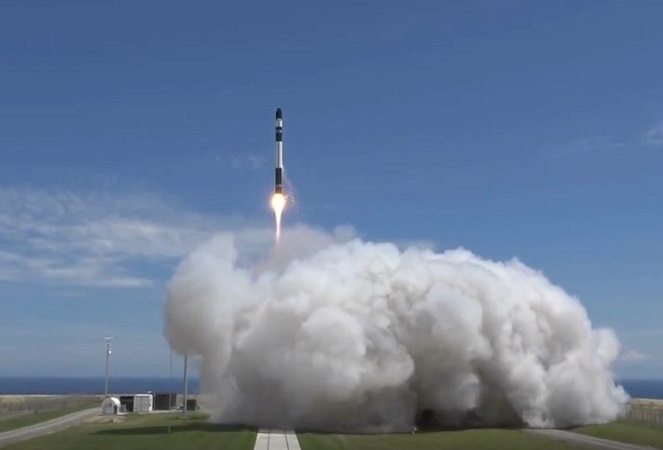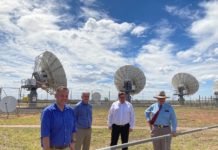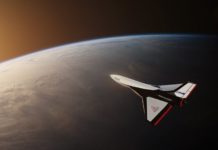Today, at 16:50 New Zealand time (GMT+13), US/New Zealand rocket company Rocket Lab successfully conducted the first commercial launch of its Electron orbital rocket, and has confirmed that all payloads have been deployed as planned. The launch took place from the company’s private launch site on New Zealand’s Māhia Peninsula.
Following the launch, Founder and CEO Peter Beck tweeted, “Perfect flight. Orbital accuracy was exquisite. Let’s do it all again in a few weeks’ time!”
Known as “It’s Business Time” – the official mission name that came about through a Twitter poll – the launch today is the first official commercial launch of Electron. Prior to this, Rocket Lab conducted two test launches in May 2017 and January 21, 2018, with the second test flight carrying Planet’s Dove Pioneer Earth-imaging satellite, as well as two Lemur-2 satellites for Spire Global.
The payloads for the launch today were: two satellites for Australian IoT company Fleet Space; two Spire Global Lemur-2 satellites; the Irvine CubeSat STEM Program (ICSP) IRVINE01 educational CubeSat; NABEO, a drag sail technology demonstrator designed and built by High Performance Space Structure Systems GmBH; and the Cicero-10 GeoOptics Inc. satellite, built by Tyvak Nano-Satellite Systems.
Developed in-house, Electron is two-stage rocket, with an additional optional kick-stage that can place multiple payloads into different orbits. The two-stage version has a height of 17m and a diameter of 1.2m, and is powered by Rutherford engines. The rocket will be able to launch smallsats and cubesats, and has a “Plug-In Payload” module which decouples payload integration from the main assembly. Electron can has a maximum payload capacity of 225kg, to a nominal Sun Synchronous Orbit (SSO) at 500km.
The company aims to produce 100 Rutherford engines in 2018 from its three-acre headquarters and production facility in Huntington Beach, California. More than 30 engines have already been completed and are undergoing integration onto Electron vehicles.
“We came at the challenge of opening access to space from a new perspective,” said Beck. “Building to tail numbers and tailoring a vehicle to the payload is a rigid and slow way of getting satellites on orbit. As the satellite industry continues to innovate at a break-neck pace and the demand for orbital infrastructure grows, we’re there with a production line of Electron vehicles ready to go and a private launch site licensed for flight every 72 hours. Launch will no longer be the bottleneck that slows innovation in space.”







